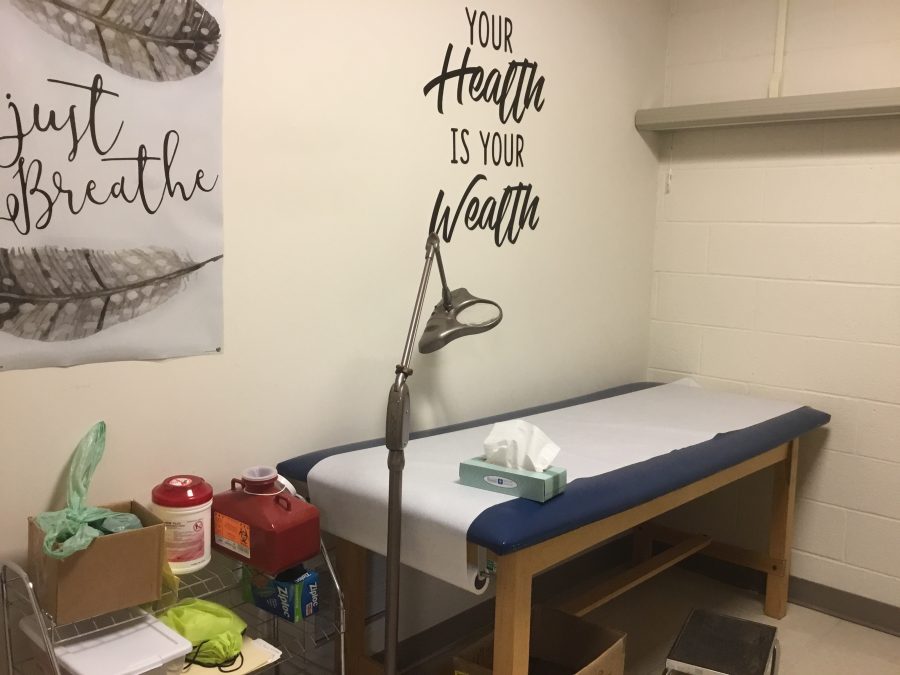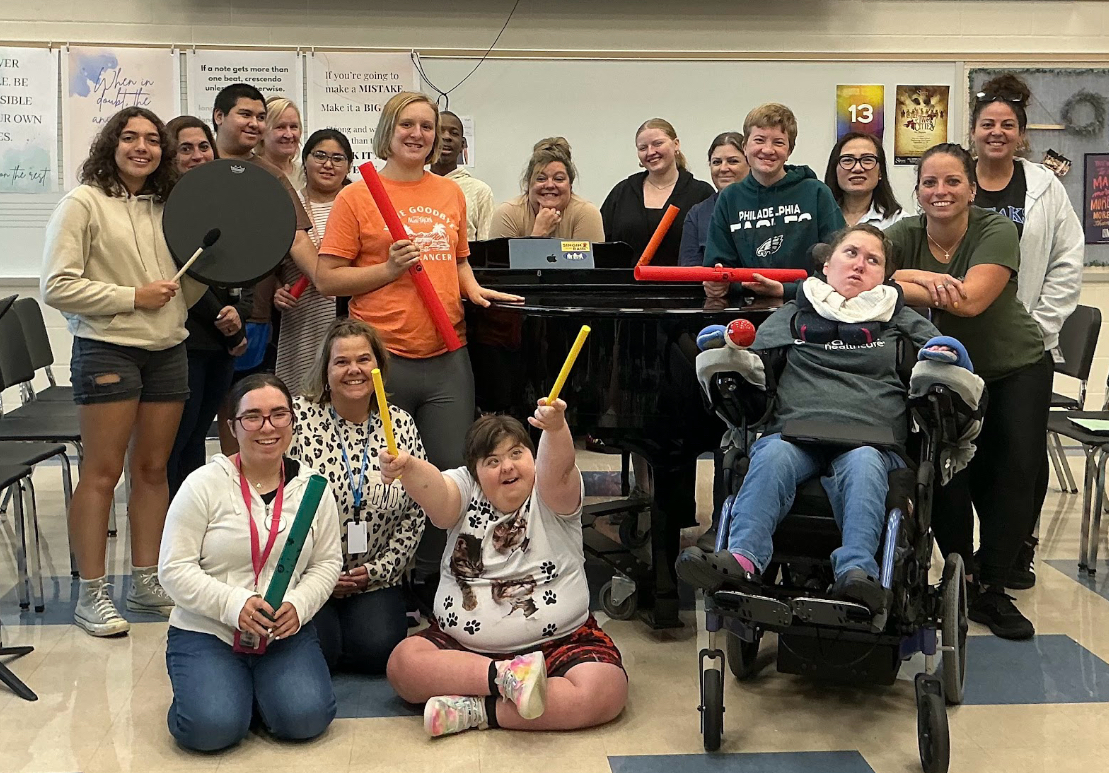Invisible illnesses force students to put on masks
December 3, 2018
All teenagers eventually face the reality that high school is difficult. However, for students with chronic illnesses, the difficulty and stress levels dramatically increase. Chronic and invisible illnesses are health conditions that affect a person over a long period of time, both physically and mentally. These conditions may or may not have a cure and, in most cases, are nearly invisible to the naked eye. The fact that chronic illnesses cannot normally be seen makes them seem mysterious or taboo in the eyes of the public. This mindset leads to any conversation about these illnesses being suppressed almost to the point of nonexistence.
The issue is: chronic illnesses are nicknamed “invisible illnesses” for a reason.
The fact that I have dysautonomia unknown to anyone who I either do not tell or who cannot see my symptoms act out in real time. Dysautonomia, to put it simply, makes it more difficult for me to control my nervous system. Everything that normally happens automatically for most people either does not happen for me or happens in a slightly altered way. My heart rate, temperature regulation, and some of my muscle movements work differently than most people’s. Even so, most of my symptoms cannot be seen by anyone who is not looking for them. This appearance of normalcy can interfere with the day-to-day life of any student living with a chronic illness due to the anxiety of trying to keep symptoms in check without people noticing, distracting students from their studies and social life.
When students with chronic illnesses are pushed to do things out of their comfort zones, the situation can go downhill quickly. Cloe Zuercher, a student living with an irregular heart murmur, said, “Sometimes I panic worrying about my heart rate, making sure it’s normal.” Having an irregular heart murmur can cause dizziness, fainting, and shortness of breath. Unless a person with an irregular heart murmur turns blue and passes out, their symptoms cannot be seen in the outside world. Cloe has had to leave gym classes and other events when her heart causes her pain, which often leaves her seeking medical attention.
It is easy for students with chronic illnesses to attempt to blend in with the general crowd, but there will always be that added layer of pressure and pain surrounding it all. The ableism that exists in many public schools and the general public scares not only people with visible disabilities, but invisible ones too.












